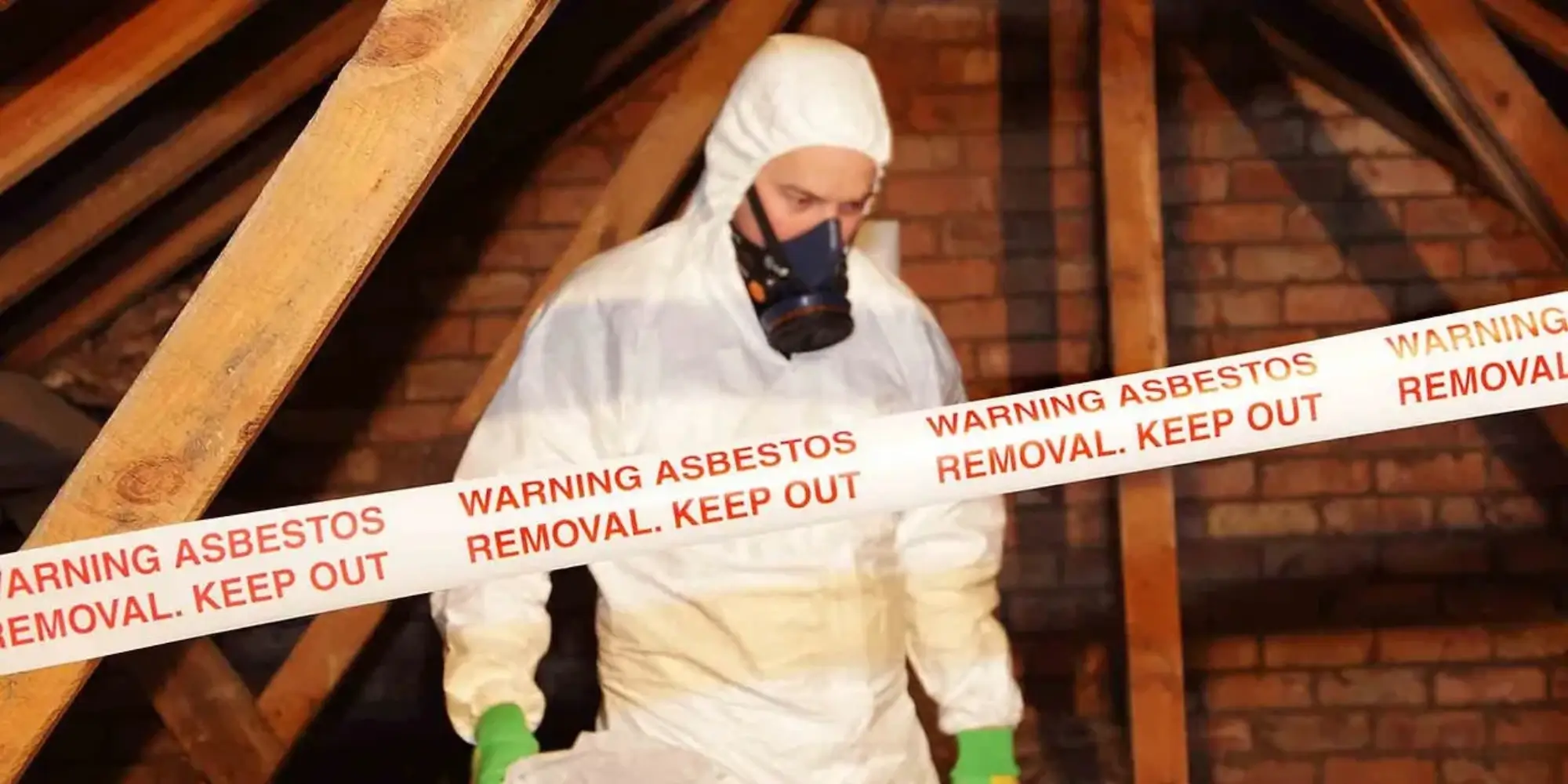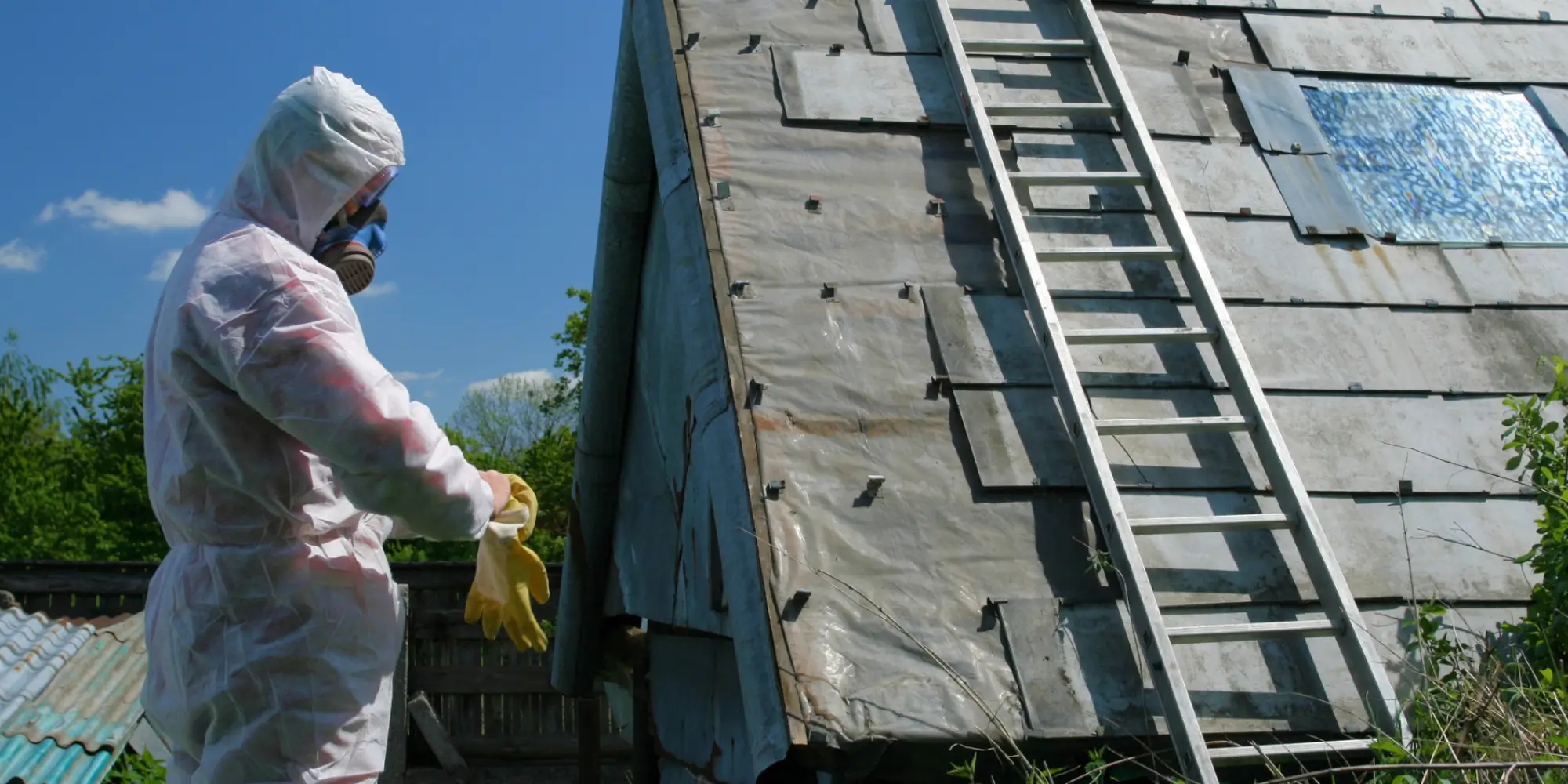Asbestos once hailed as a “wonder material” for its exceptional properties, has a dark history intertwined with severe health risks. Asbestos surveyors play a crucial role in managing and mitigating these risks in buildings and structures. But what exactly does an asbestos surveyor do? This comprehensive article delves into the responsibilities, processes, and significance of asbestos surveyors in today’s construction and property management industries.

What’s An Asbestos Surveyor?
An asbestos surveyor is a certified professional who inspects buildings to identify and evaluate asbestos-containing materials (ACMs). They conduct various types of surveys, including management, refurbishment, and demolition surveys, to determine the presence, condition, and location of asbestos fibers.
Utilizing specialized tools and adhering to strict safety regulations set by authorities like the Health and Safety Executive (HSE) and the United Kingdom Accreditation Service (UKAS), asbestos surveyors collect and analyze samples to ensure accurate detection. They produce detailed reports that help property owners make informed decisions about managing, encapsulating, or safely removing asbestos.
Additionally, asbestos surveyors provide guidance and training on handling asbestos, ensuring compliance with legal requirements and protecting public health from the severe risks associated with asbestos exposure, such as respiratory diseases and cancers.
What’s An Asbestos Surveying?
Asbestos surveying is the systematic inspection of buildings and structures to identify and evaluate asbestos-containing materials (ACMs). Conducted by certified professionals, these surveys involve visual assessments, sample collection, and laboratory analysis to determine the type, condition, and location of asbestos fibers. There are various types of surveys, including management, refurbishment, and demolition surveys, each designed to meet specific project needs.
The primary objective is to ensure the safe management or removal of asbestos, thereby preventing exposure to its hazardous fibers and complying with legal regulations. Comprehensive reports generated from these surveys provide property owners with the necessary information to make informed decisions regarding asbestos handling, maintenance, or remediation.

The Need for Asbestos Surveys and Asbestos Surveyors
With the ban on asbestos use in many countries, including the UK, managing existing asbestos in older buildings has become paramount. Every year, thousands of deaths are attributed to asbestos-related diseases, making asbestos surveys a critical component of property management. Legally, the Control of Asbestos Regulations 2012 mandates that property owners and managers identify and manage asbestos risks. Asbestos surveyors are essential in conducting these surveys, ensuring compliance with legal standards, and safeguarding public health by preventing asbestos exposure.
Types of Asbestos Surveys
Asbestos surveying encompasses various types of inspections tailored to specific needs:
- Management Survey: Designed for properties not undergoing immediate construction or refurbishment, this survey focuses on managing asbestos during regular use by identifying easily accessible ACMs.
- Refurbishment Survey: Conducted before any renovation work, this thorough examination targets areas where refurbishment will occur to identify and mitigate asbestos risks beforehand.
- Demolition Survey: A comprehensive survey performed before demolishing a building to ensure that all ACMs are identified and safely removed, preventing asbestos fibers from entering the environment.
- Reinspection Surveys: Periodic checks to monitor the condition of previously identified ACMs, ensuring they remain undisturbed and pose no ongoing risk.

The Asbestos Survey Process
Conducting an asbestos survey involves several meticulous steps:
- Initial Consultation and Planning: Understanding the property’s history, usage, and any prior asbestos knowledge to determine the survey’s scope.
- On-site Inspection: Detailed examination of the property using specialized tools to identify potential ACMs in all accessible areas.
- Sample Collection and Analysis: Carefully collecting samples of suspected materials and sending them to accredited laboratories for precise analysis using methods like Polarized Light Microscopy (PLM).
- Report Generation: Compiling the findings into a comprehensive report that outlines the presence, condition, and location of asbestos, along with recommendations for management or removal.
The Role of an Asbestos Surveyor
An asbestos surveyor is more than just an inspector; they are experts in identifying and managing asbestos risks. Their key responsibilities include:
- Inspection and Identification: Conducting thorough inspections to locate ACMs in various building types, from residential homes to commercial offices.
- Sample Analysis: Collecting and analyzing samples to determine the type and concentration of asbestos fibers present.
- Reporting: Creating detailed reports that guide property owners in making informed decisions about asbestos management, whether it involves encapsulation, removal, or ongoing monitoring.
- Compliance and Training: Ensuring that asbestos management practices comply with legal regulations and providing training to workers on safe asbestos handling procedures.
Asbestos Survey Costs
The cost of an asbestos survey varies based on factors such as the property’s size, age, location, and the survey’s complexity. While smaller domestic properties might incur lower fees, large commercial buildings with multiple floors and complex structures will demand higher costs. However, investing in an asbestos survey is crucial to avoid the potentially exorbitant costs of legal fines, lawsuits, and health-related expenses associated with asbestos exposure. Selecting a reliable and accredited survey provider ensures both cost-effectiveness and thoroughness in asbestos management.

Common Misconceptions about Asbestos Surveys
Several myths surround asbestos surveys, leading to misunderstandings and potential risks:
- Asbestos is a Thing of the Past: While its usage has declined, many older buildings still contain asbestos, necessitating regular surveys.
- Surveys and Removal are the Same: Surveys identify and assess asbestos presence, whereas removal involves safely extracting and disposing of it. Both require distinct processes and expertise.
- One Survey is Enough: Asbestos-containing materials can deteriorate over time, making periodic reinspections essential.
- Surveys are Unnecessarily Expensive: The costs of potential health risks and legal repercussions far exceed the investment in a professional asbestos survey.
How to Become an Asbestos Surveyor
Embarking on a career as an asbestos surveyor involves several steps:
- Educational Pathways:
- University or College: Pursue degrees in surveying, civil and building engineering, or construction management, approved by the Royal Institution of Chartered Surveyors (RICS).
- Specialist Training: After completing a degree, undertake specialized training such as a Level 3 Award in asbestos surveying and a Level 4 Certificate in asbestos laboratory management.
- Apprenticeships: Gain hands-on experience through apprenticeships with surveying companies or contractors, progressing from surveying technicians to fully qualified asbestos surveyors.
- Certifications and Accreditation: Obtain relevant certifications from recognized bodies like the British Occupational Hygiene Society (BOHS) or the Royal Society for Public Health (RSPH). Ensuring compliance with standards set by the United Kingdom Accreditation Service (UKAS) is crucial.
- Develop Essential Skills: Cultivate skills such as integrity, environmental awareness, collaboration, communication, and decision-making to excel in the role.

Qualifications and Skills
Successful asbestos surveyors possess a blend of technical knowledge and interpersonal skills:
- Technical Expertise: Comprehensive understanding of asbestos types, health risks, and management practices.
- Certifications: Relevant qualifications from recognized institutions and adherence to UKAS standards.
- Attention to Detail: Meticulous inspection and accurate reporting are vital to effective asbestos management.
- Communication Skills: Ability to clearly convey findings and recommendations to clients and collaborate with other professionals.
- Decision-Making Abilities: Quickly assess situations and determine the best course of action to mitigate asbestos risks.
Selecting a Competent Asbestos Surveyor
Choosing the right asbestos surveyor is critical for effective asbestos management:
- Accreditation: Ensure the surveyor is accredited by UKAS, demonstrating compliance with high-quality standards.
- Experience and Expertise: Look for professionals with extensive experience and a proven track record in conducting various types of asbestos surveys.
- Reputation and References: Seek recommendations, review testimonials, and verify the surveyor’s reliability and professionalism.
- Comprehensive Reporting: The surveyor should provide clear, detailed reports that meet your specific needs and regulatory requirements.
Conclusion
Asbestos surveyors are indispensable in today’s construction and property management sectors, ensuring that the lingering presence of asbestos in older buildings does not pose a threat to public health. Their expertise in identifying, assessing, and managing asbestos-containing materials helps prevent exposure to hazardous fibers, ensuring compliance with legal standards and safeguarding lives.
Whether you’re a property owner, manager, or someone considering a career in this vital field, understanding the role and responsibilities of asbestos surveyors is essential in navigating the complexities of asbestos management effectively.

